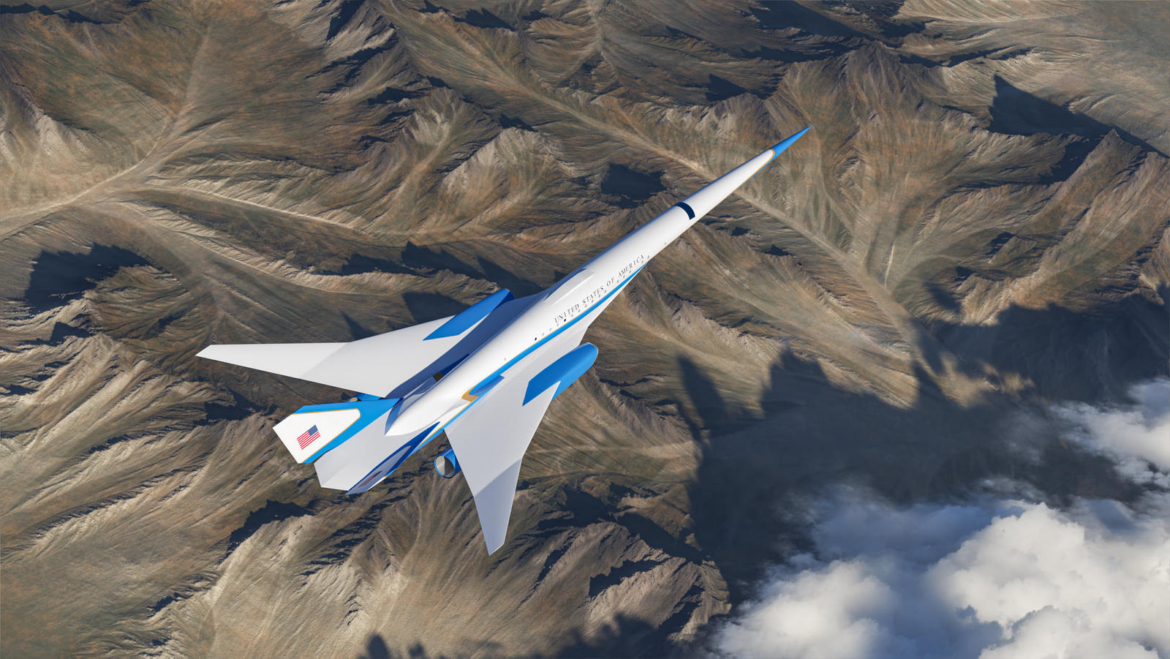California-based supersonic aircraft startup Exosonic has announced that it is shutting down. The company issued an update on its official website stating that it is winding down the business after failing to secure the funding required to develop supersonic aircraft. “Although the founders and team still believe in the need/desire for quiet supersonic flight and supersonic drones for the US Department of Defense, without further customer support for either concept, the company cannot sustain the cash needed to make further advancements,” the update reads.
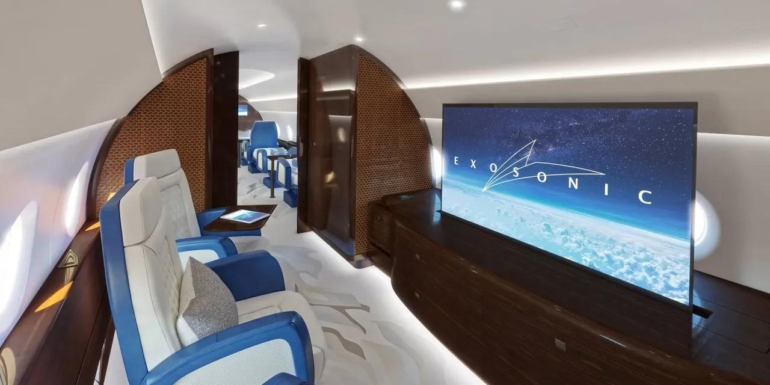
Exosonic was founded in 2019 by a propulsion engineer named Norris Tie, who had previously worked with the likes of Northrop Grumman and Lockheed Martin. Tie had reportedly worked on the low-boom X-59 aircraft for NASA before starting his own company.
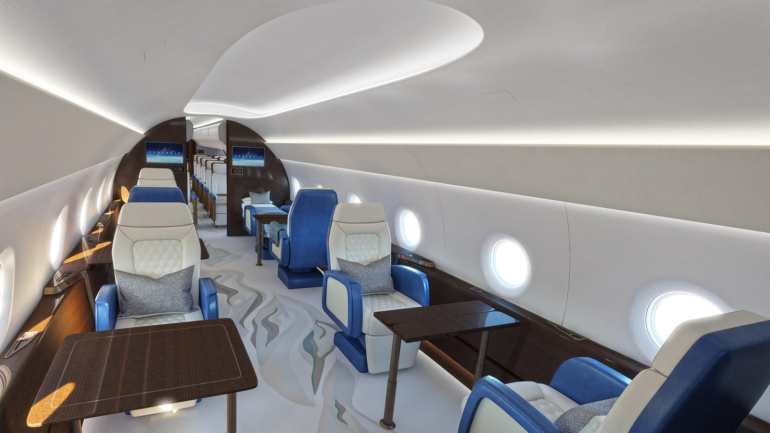
Exosonic was working on the next generation of supersonic and low-boom commercial aircraft, focusing on high-speed travel without the disruptive sonic booms traditionally associated with supersonic speeds. They aimed to make supersonic flights over land possible, opening new doors for intercontinental and transcontinental travel.
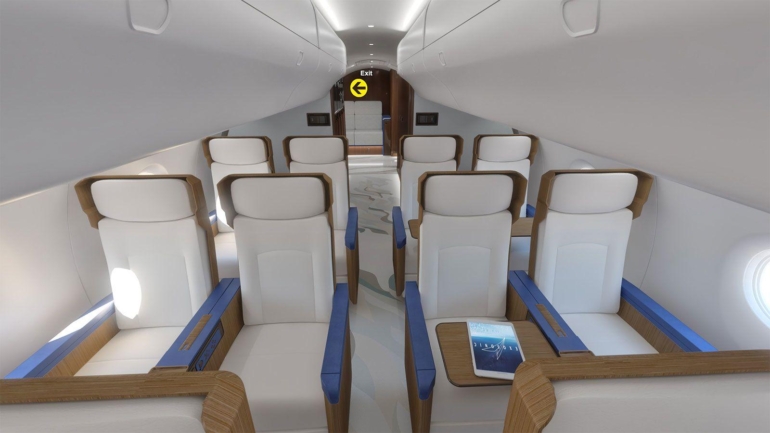
The company’s flagship product was a supersonic commercial jet named Horizon that could fly up to Mach 1.8 (about 1380mph). It was being developed to reduce the intensity of sonic booms, making them more of a gentle “sonic thump” rather than a loud boom, which has been a key regulatory challenge for supersonic travel over land. While the Concorde could reach speeds more than Mach 2 (~1500mph), the devastating sonic boom created by the jet meant it could not fly at supersonic speeds over land.
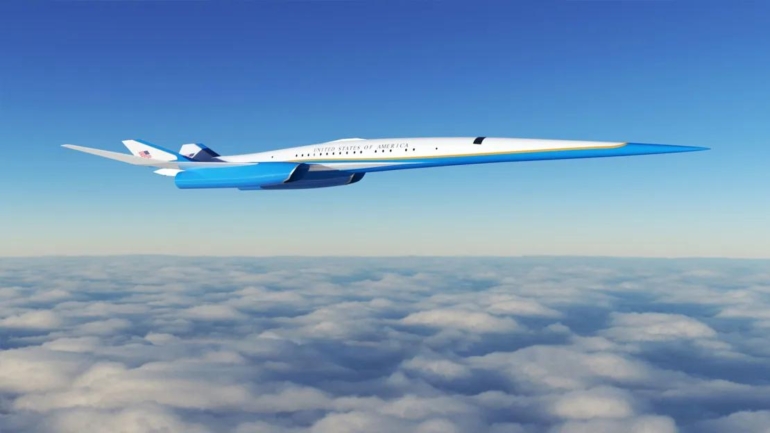
Exosonic even partnered with NASA to develop low-boom technologies, exploring ways to make supersonic flight quieter and more sustainable. Additionally, the US Air Force’s Presidential and Executive Airlift Directorate (PE) awarded a contract to the startup to develop a supersonic executive jet as a high-speed option for government travel. Earlier this year, the company flew a scaled-down variant of its supersonic UAV called EX-3M Trident in a test flight in California. Exosonic is now offering its intellectual property (IP) for sale.
